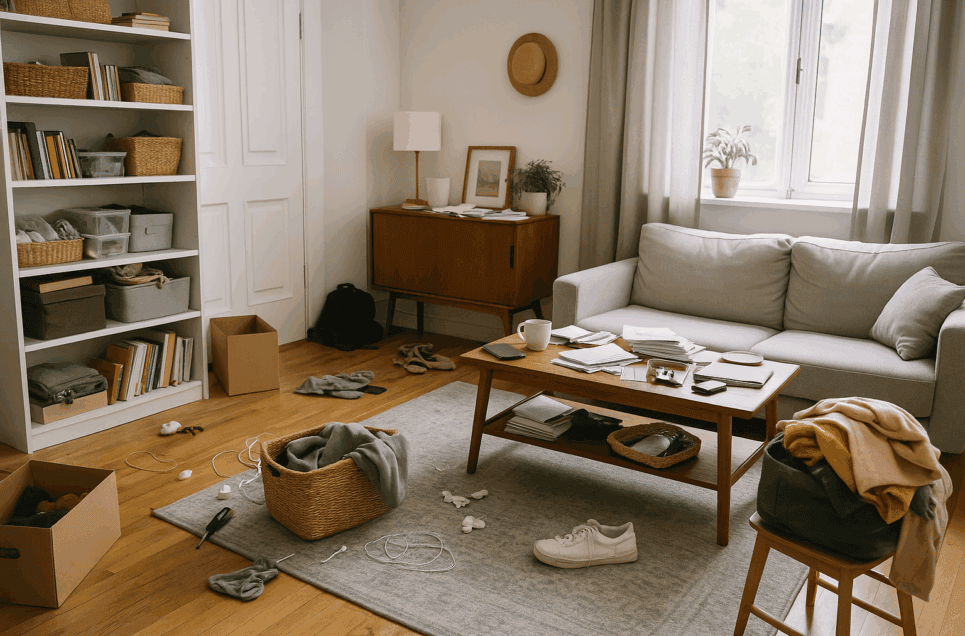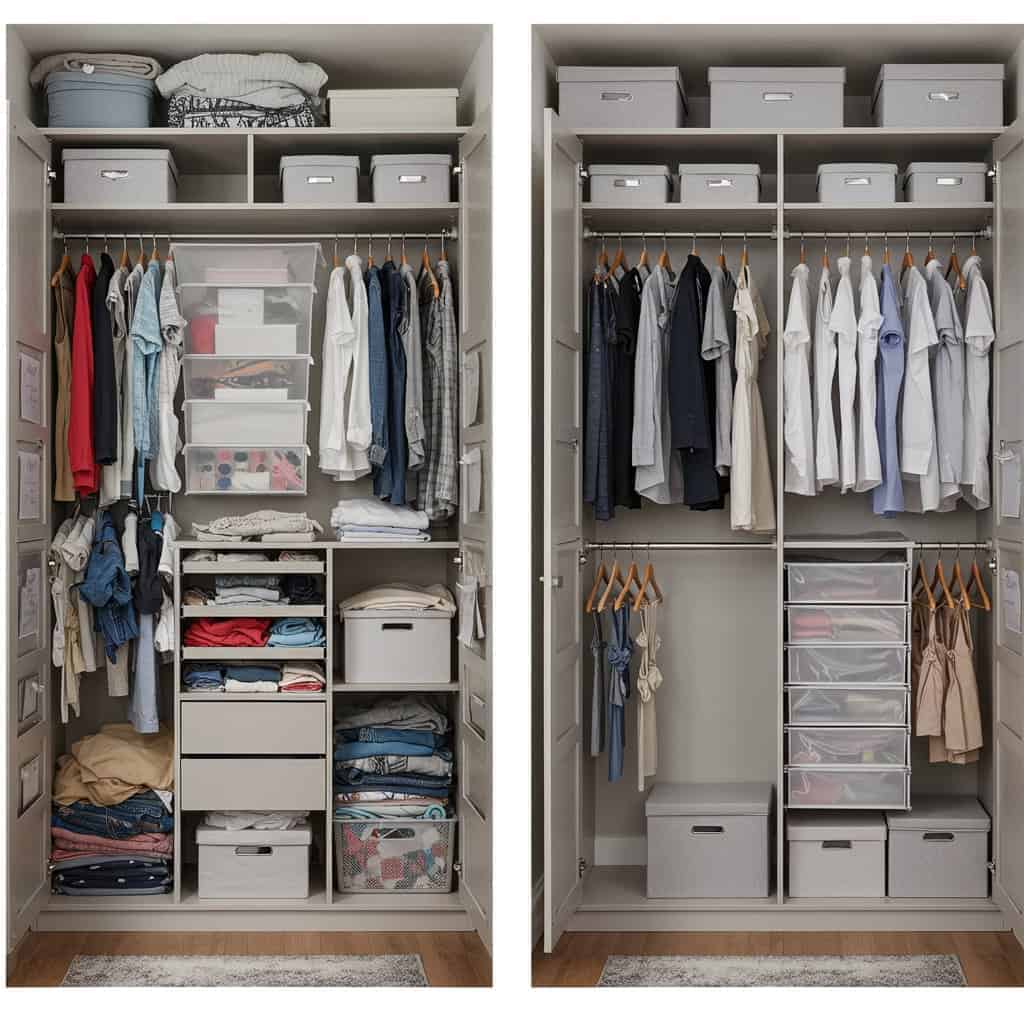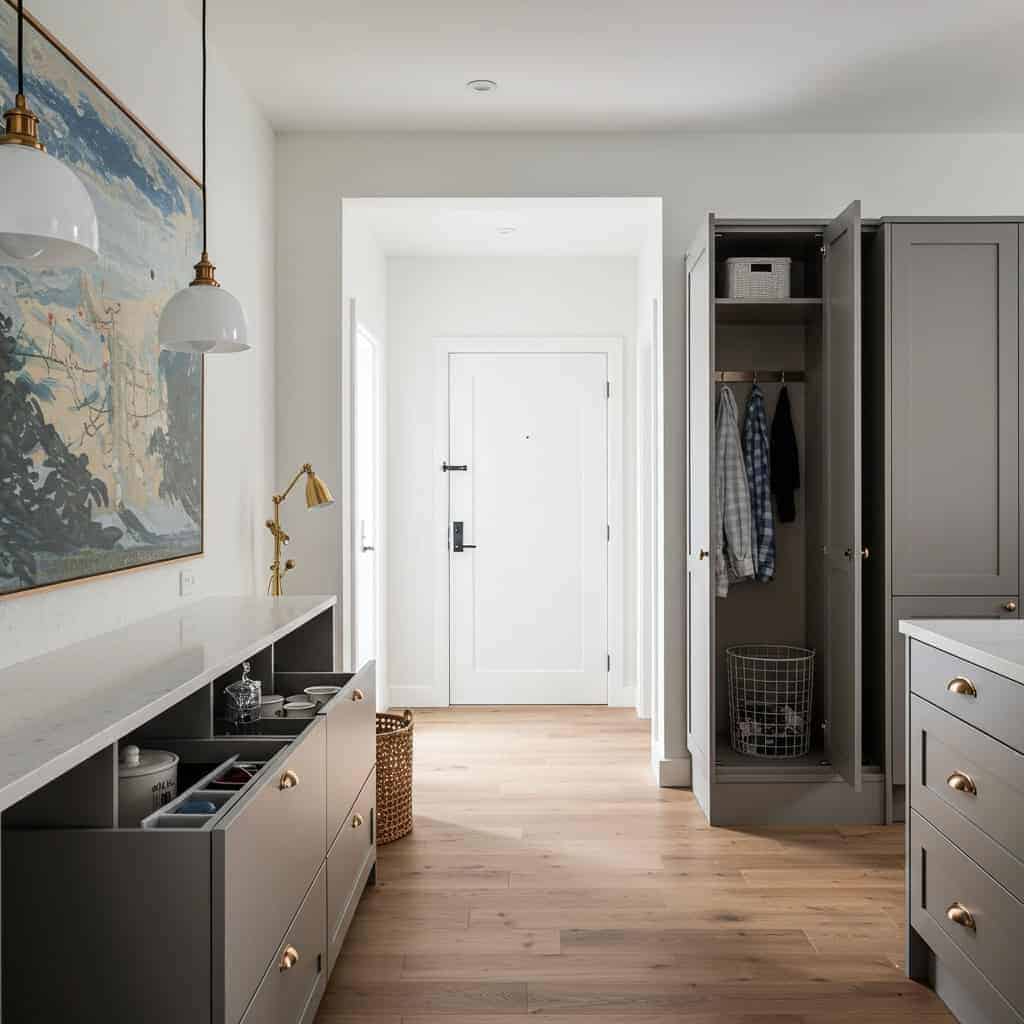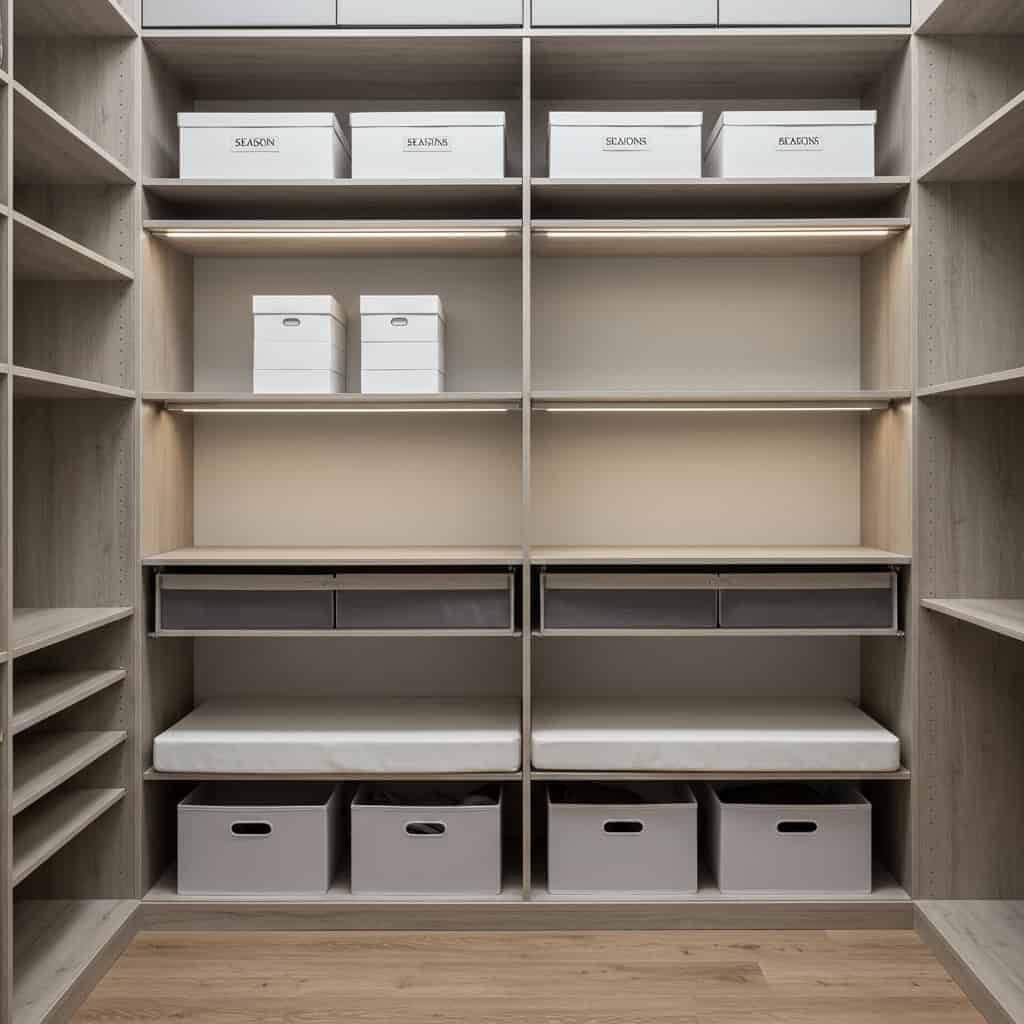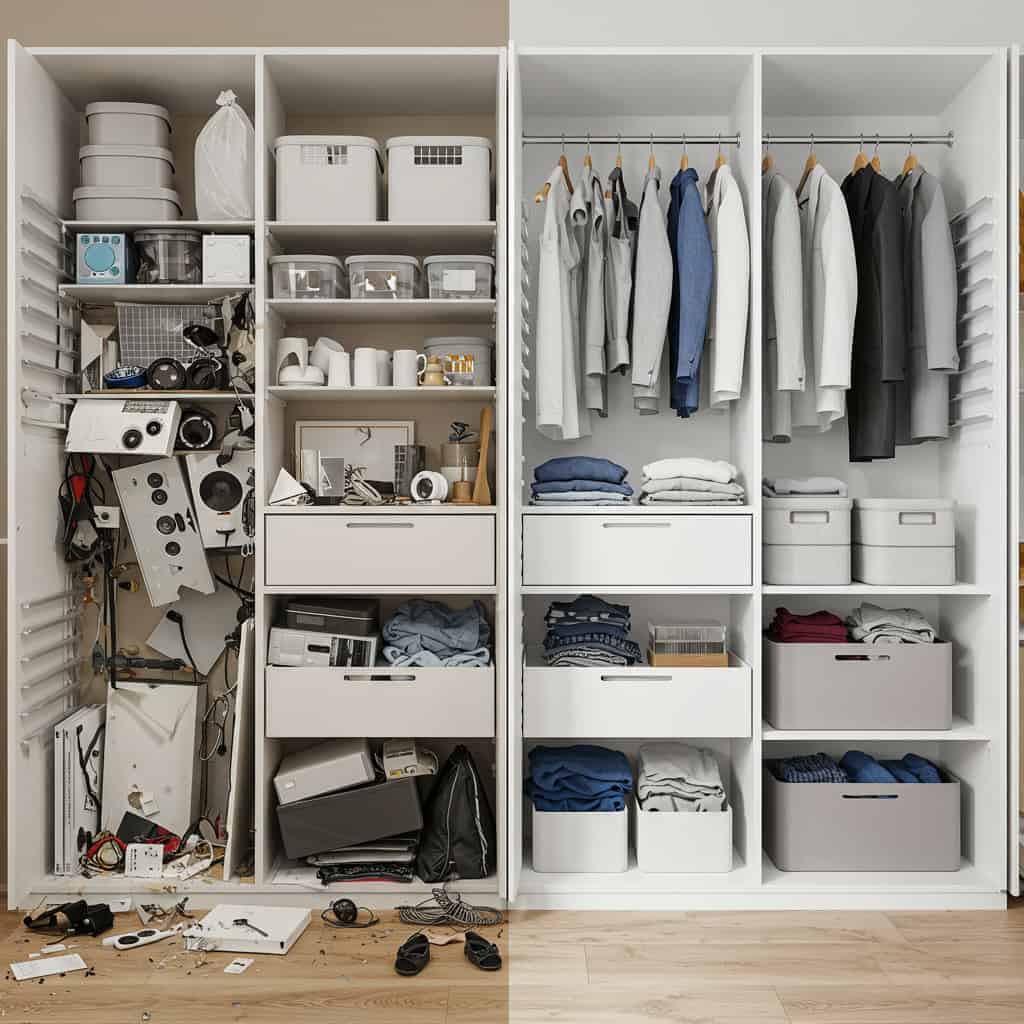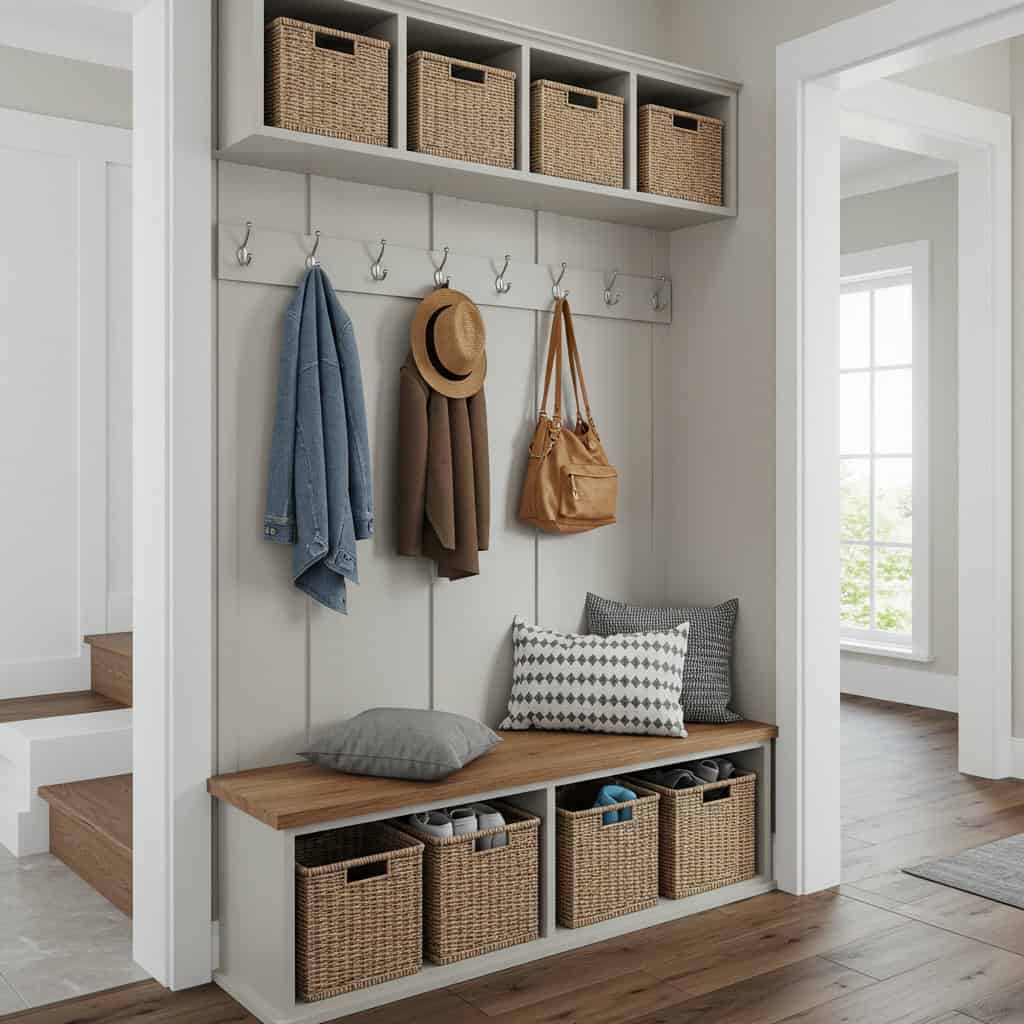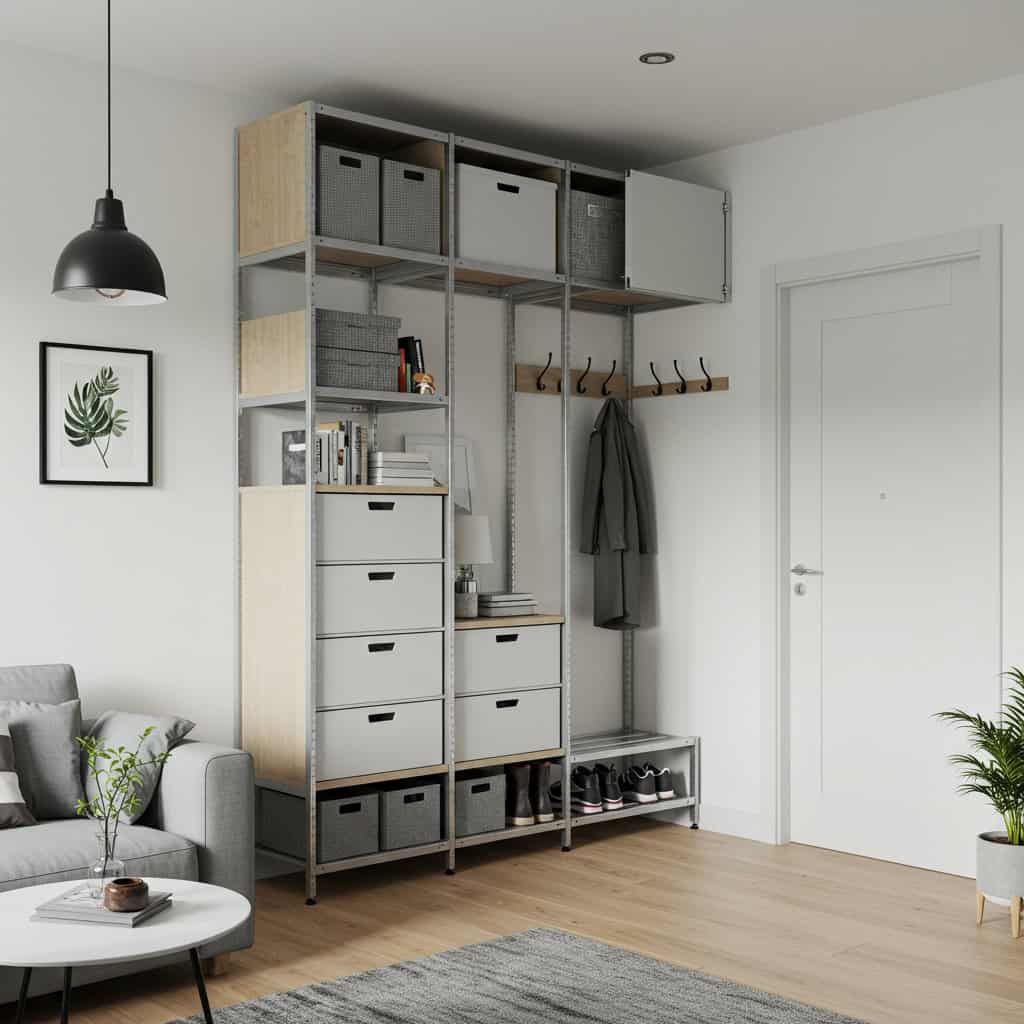Even the most spacious homes can feel cramped and cluttered with the wrong storage strategies. Everyday habits and overlooked organizational pitfalls often consume valuable space, making rooms appear smaller than they truly are. By understanding and avoiding some of the most common storage mistakes, you can create a more open, inviting, and functional living environment.

